College Football's Biomechanics Mastermind has Transformed Will Levis' Throwing Motion

(Photo by Rich Graessle/Getty Images)
Bruce Feldman is throwing gasoline on the Kentucky quarterback competition fire. As is there weren’t already enough reasons for the BBN to be excited by Liam Coen’s first season as the Wildcats’ offensive coordinator, the nation’s top college football writer has penned a piece profiling the Penn State transfer’s year-long transformation with one of the sport’s top biomechanics experts. There’s plenty to the rest of the story, but in short, Will Levis should be good at throwing a football this fall.
When Levis first entered the transfer portal and became an option at Kentucky, fans fawned over his arm strength. “Penn State backup” does not sound like an attractive potential starting quarterback, especially after the Cats took down Levis’ team in the Citrus Bowl just three years ago. Many of those hesitations were quickly dispelled by one video.
Penn State QB @will_levis putting in work! @PennStateFball pic.twitter.com/4z46bQAQPa
— M2 QB Academy (@M2_QBacademy) January 15, 2021
Arm strength has never been a problem for Levis. The problem was the accuracy behind that big arm. It’s something Nittany Lions offensive coordinator Kirk Ciarrocca had previously encountered at Minnesota with Kentucky native Tanner Morgan.
Just a 58% passer in his first season as the Golden Gophers’ primary quarterback, Morgan completed 66% of his passes the following season for more than 3,000 yards, leading Minnesota to a top 10 finish. The mastermind behind that improvement was Canadian biomechanics expert Rob Williams.
In 2020 Ciarrocca recommended Levis to Williams. For the last year Levis has worked remotely with Williams, exchanging video footage to break down deficiencies in Levis’ throwing motion to make him a more accurate passer. Williams compared Levis to a muscle car that had plenty of power, but needed to fine tune his suspension, steering and brakes. The UK quarterback can feel the difference in each one of his passes.
“I definitely think that there’s more jump to it,” Levis said of his throws. “I can tell from the feeling and result-wise with the efficiency of it and that it has definitely gotten even more velocity and acceleration than before.
“I’ve had a strong arm, but I relied on my arm. I had a solid base and I’m strong throughout my body, but it was a matter of using that strength and translating it into the throw as well, and bringing the core, bringing the legs into all of it to bring it even more power, more strength. Previously, there were some types of throws, whether it was on the move, rolling out, when I’m moving in the pocket, that were pretty much all arm. Rather than knowing that way, even with limited amount of space that you might have, being able to use your lower body and the rest of your body to help you in the throw as much as possible.”
In the profile from The Athletic, Feldman goes into great detail to explain exactly how Williams made slight alterations to Levis’ throwing motion. Instead of throwing from a traditionally taught upright stance, the expert in kinesiology has shifted Levis’ hips to resemble more of a golfer’s stance, providing more torque and accuracy.
The science of biomechanics can be difficult to understand, especially when it comes to a quarterback’s complicated throwing motion. In short, Levis has been reprogrammed by the best in the biz, preparing the quarterback to be at his best to take on the challenge of getting the Wildcats’ stagnant aerial attack off the ground.
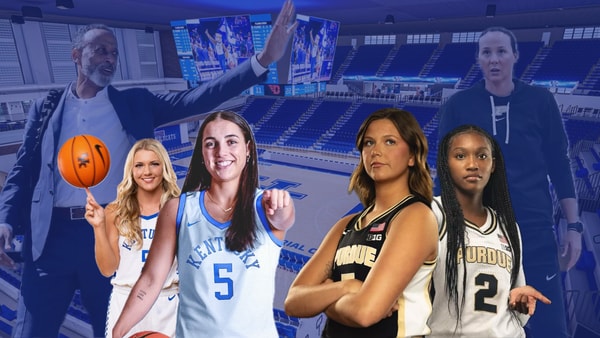
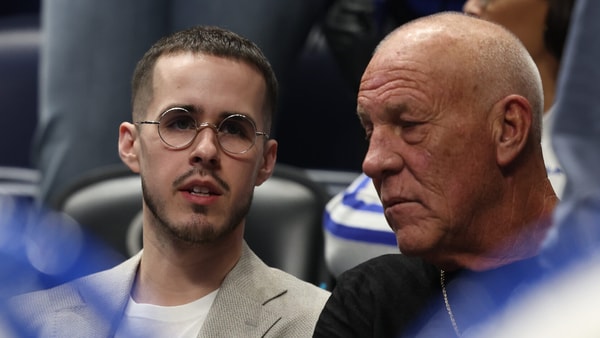

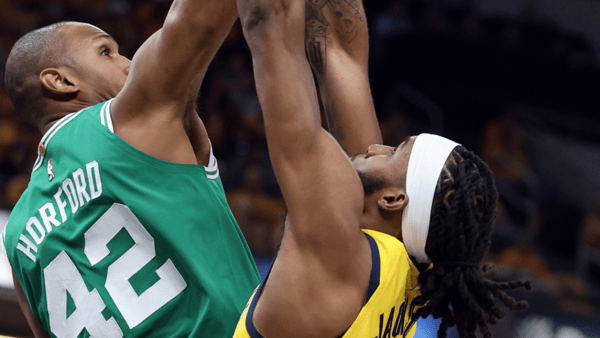
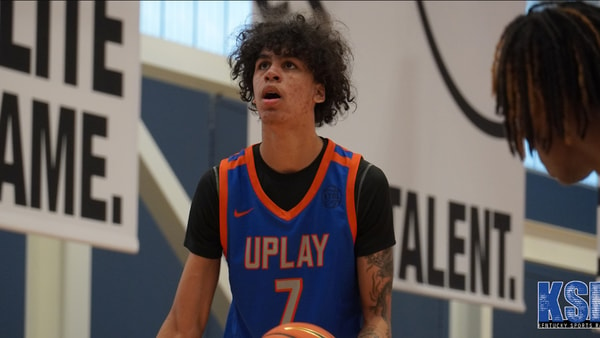
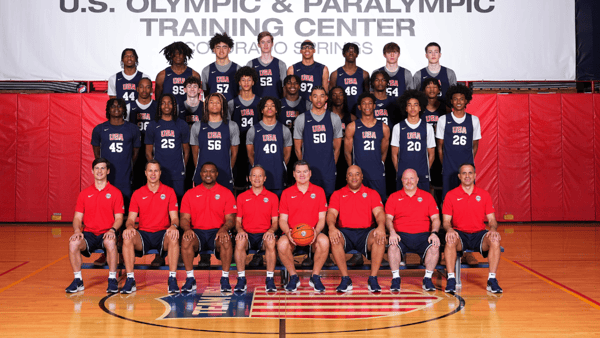
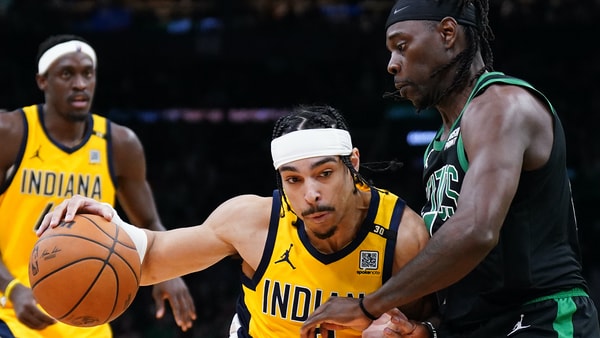
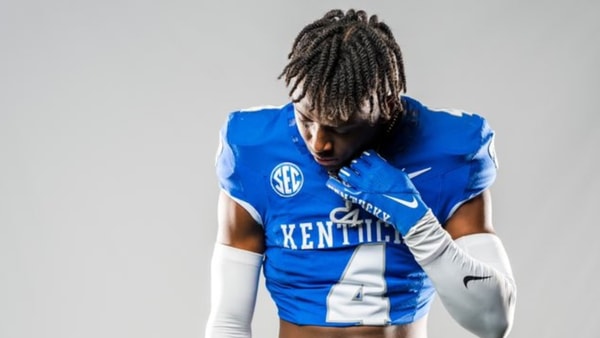
Discuss This Article
Comments have moved.
Join the conversation and talk about this article and all things Kentucky Sports in the new KSR Message Board.
KSBoard